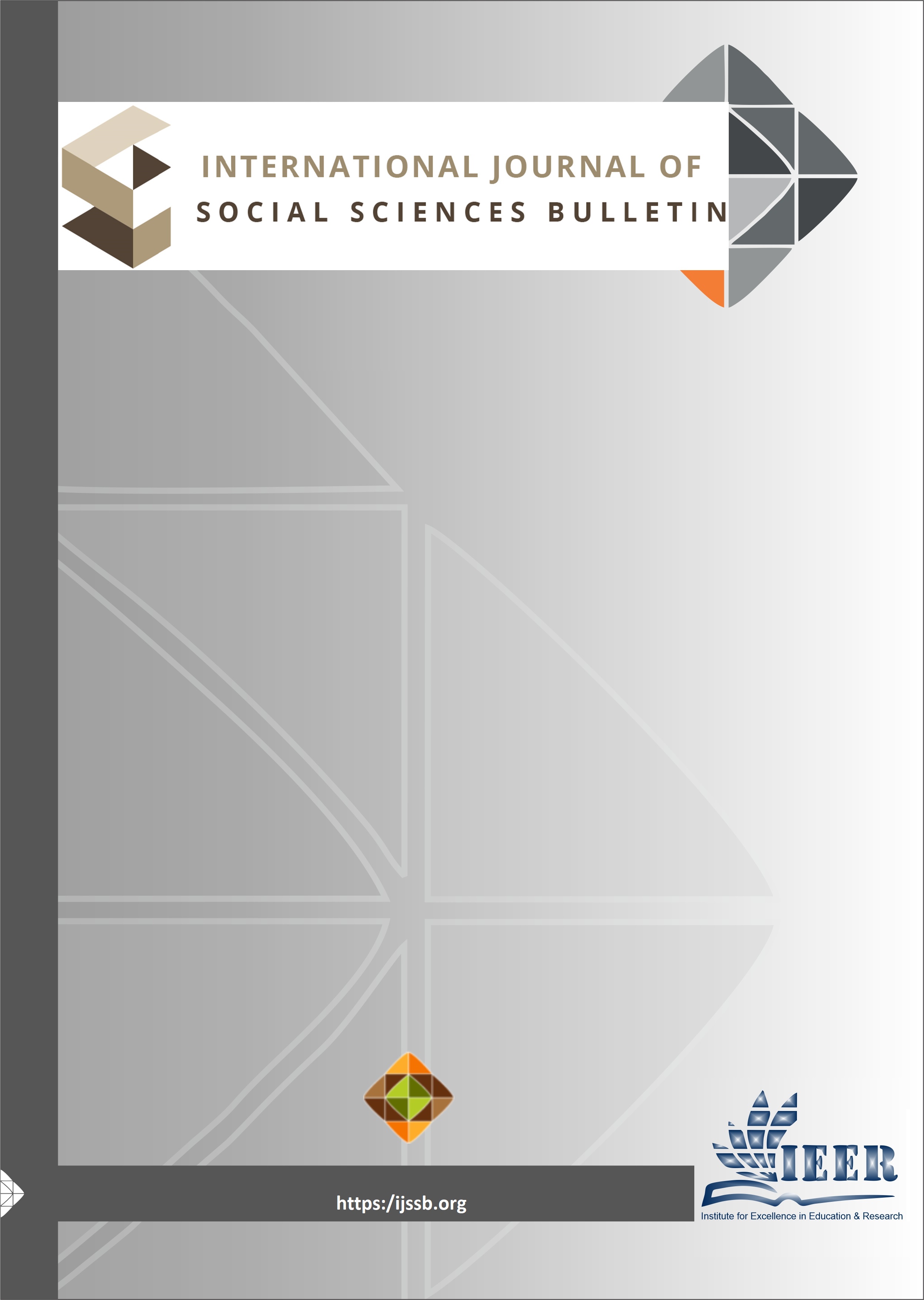IMPACT OF NATURAL DISASTERS ON FOOD SECURITY IN PAKISTAN
Keywords:
IMPACT OF NATURAL DISASTERS, FOOD SECURITY, PAKISTANAbstract
Food security is the situation in which all people, at all times, have physical and economic access to sufficient, safe, and nutritious food to meet their dietary needs for an active and healthy life. Natural disasters can severely disrupt food security by damaging crops, livestock, and infrastructure. They often lead to immediate food shortages and long-term impacts on food availability and access. This study investigates the impact of natural disasters on food security in Pakistan using a quantitative approach and secondary data spanning from 1990 to 2022. Pakistan, with its diverse topography and climate variations, is highly susceptible to natural calamities like floods, earthquakes, and droughts, which significantly affect its agricultural productivity and food security. The research employs a multiple regression model to explore how natural disasters, along with factors such as high-yielding variety (HYV) seeds, irrigated area, climate change index, and pesticide usage, influence daily per capita caloric intake as a measure of food security. The Fully Modified Ordinary Least Squares (FMOLS) method is used to address the complexities of cointegrated data and provide accurate parameter estimates. Results reveal a significant negative impact of natural disasters and climate change on food security, while the use of HYV seeds and increased irrigated areas positively influence caloric intake. The study highlights the critical need for improved water management and agricultural practices to mitigate the adverse effects of natural disasters and climate change on food security in Pakistan. The study's quantitative findings reveal a significant negative impact of natural disasters on food security in Pakistan, evidenced by a coefficient of -0.055 for the disaster variable (DIS) with a p- value of 0.041, indicating statistical significance at the 5% level. Additionally, strong positive correlations are observed with agricultural variables: the irrigated area (LIA) has a coefficient of 2.42, while high-yielding seed varieties (LHS) have a coefficient of 0.085. The regression model demonstrates excellent fit, with an R-squared value of approximately 0.95, indicating that the independent variables account for about 95% of the variability in food security outcomes. Overall, these results highlight the vulnerability of food security to natural disasters and the critical role of agricultural advancements in mitigating these impacts.
Downloads
Published
Issue
Section
License
Copyright (c) 2025 Muhammad Farooq, Azra, Dilawar Khan, Shafi Ullah (Author)

This work is licensed under a Creative Commons Attribution-NonCommercial-NoDerivatives 4.0 International License.

















